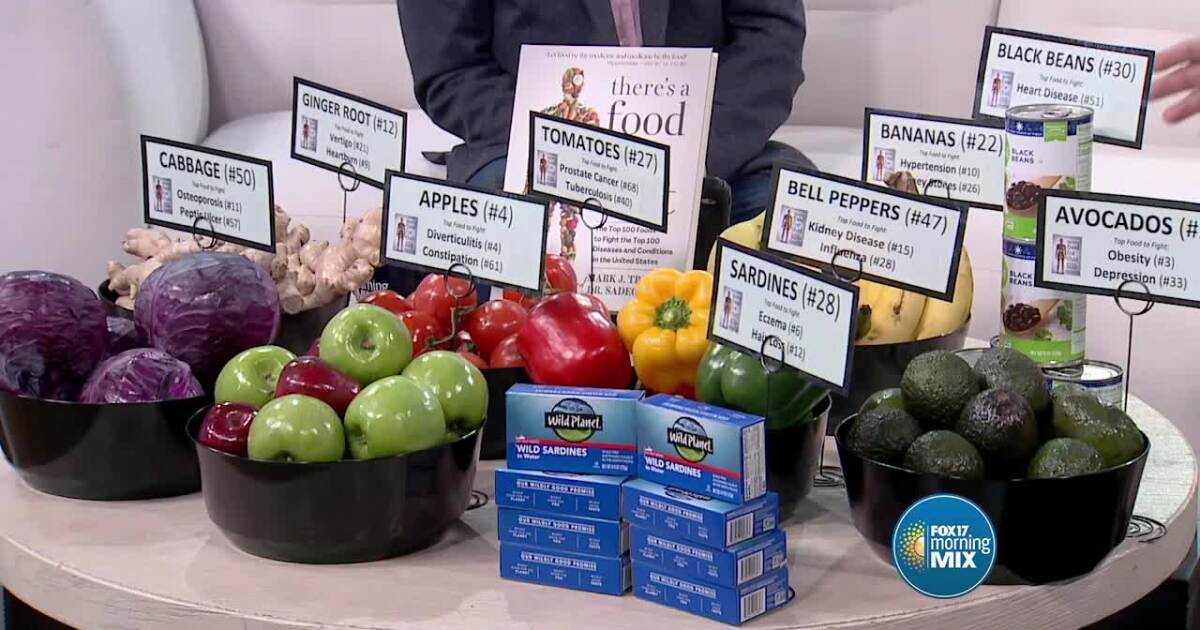Many see 2024 as the year of a "mass hysteria-lesbian awakening," with lesbian voices—historically relegated to the margins—now gaining prominence in culture through music, art, film, and literature. This newfound visibility of lesbianism as a legitimate and vibrant sexuality marks a significant shift for those identifying with the sapphic community.
The so-called "Lesbian Renaissance" has invigorated pop music, film, and television. As Isabella Greenwood noted in an article for Wonderland, this movement aligns with the rise of platforms like TikTok and productions such as I Kissed a Girl and films like Bottoms and Drive Away Dolls. However, Greenwood emphasizes that while lesbian art has always existed, this current wave predominantly showcases white lesbian artists and creators.
It's undeniable that while lesbian art has a rich history, this resurgence is largely represented by white lesbians. Social media influencers celebrate and sexualize white figures like drag pop icon Chappell Roan, pop star Renee Rap, and global sensation Billie Eilish. These artists present complex and nuanced portrayals of lesbian experiences, introducing themes of lesbian sexuality into mainstream consciousness through catchy lyrics and relatable narratives. However, this visibility often overlooks the significant contributions of Black lesbian artists throughout history.
The dominance of white lesbians is juxtaposed with the historical impact of Black lesbian artists dating back to the 1920s Harlem Renaissance. Icons like Ma Rainey, Josephine Baker, Ethel Waters, and Gladys Bentley openly expressed their sexuality through their music and performances. Scholar Octavio R. González has pointed out that for African Americans escaping the violence and racism of the Jim Crow South, expressing sexuality in Harlem became a means of emancipation, despite facing hostility and prejudice.
Contemporary artists such as Janelle Monáe, Victoria Monét, and Kehlani continue this legacy. Monáe's bold 2018 music video for "Pynk," featuring her iconic "vagina pants," showcased her relationship with actress Tessa Thompson. Despite the explicit imagery, mainstream media largely ignored the lesbian implications of their relationship, instead focusing on surface-level discussions around body positivity and empowerment.
This neglect reflects a broader pattern of invisibility for Black lesbians in popular culture. The theme of "becoming visible" was pivotal at The First Black Lesbian Conference in San Francisco in 1980, where activists like Angela Davis discussed the detrimental effects of Black invisibility on progress within LGBTQ+ and feminist movements.
There have been notable moments of recognition for Black lesbian art, such as Cheryl Dunye's groundbreaking 1996 film The Watermelon Woman, which explored the intersections of race, gender, and sexuality. Dunye's frustration over the lack of representation motivated her to create a film that highlighted Black lesbian narratives.
Efforts to challenge historical erasure, such as Krü Maekdo's founding of the Black Lesbian Archives, aim to foster awareness and community around Black lesbian culture. However, these initiatives often struggle to make an impact on broader cultural narratives.
Fast forward to 2024, and Black lesbians remain marginalized within LGBTQ+ culture. Shows like I Kissed a Girl offer important representation but still adhere to white normative beauty standards that sideline Black contestants. The figures celebrated within lesbian culture should not only reflect one narrow interpretation of "acceptable" white lesbianism.
Addressing intersectionality and accountability in lesbian spaces is essential to ensure that cultural contributions are not ranked according to a white heteronormative standard. Recognizing and uplifting the role of Black and brown women in the lesbian resurgence is crucial for a comprehensive understanding of lesbian identity.
You may wonder why this matters. A renaissance should benefit all, yet the representation and narratives we choose to elevate significantly shape our community's approach to building intersectionality, challenging prejudice, and advocating for freedom for everyone


























0 Comments